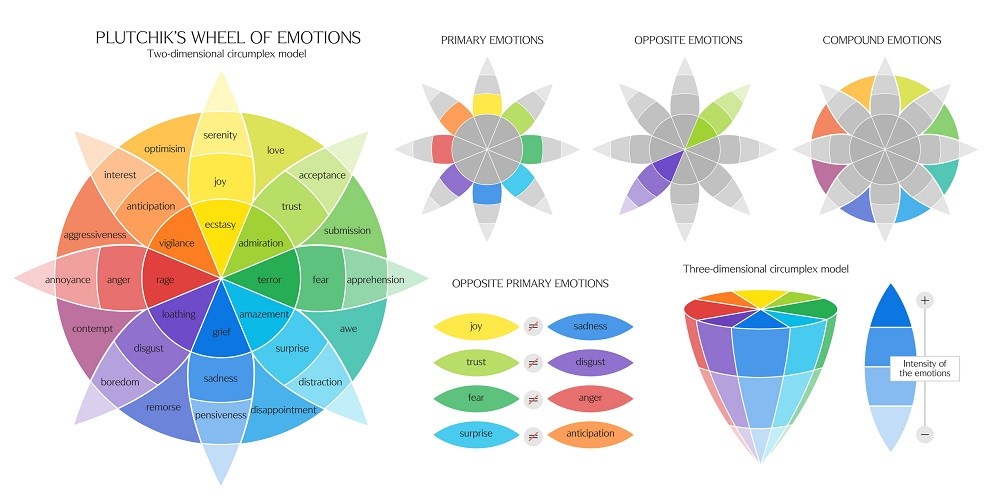Online assessment
Writing assessments is usually a challenging task. This can be especially true when it comes to online assessments in language learning. In this blogpost, Michelle Ocriciano discusses how online assessments shouldn't be the same as traditional face-to-face ones.
When I was a high school teacher, this particular school worked in bimesters which meant that every two months I had to write one final test, one test for anyone who missed the official test, one remedial test and one monthly quiz - for each level I taught – I taught five different years/grades/levels! None of these was my choice, it was just what the school wanted, or thought was right. Sometimes assessment practices are beyond our control. There are local and external educational policies and pressures, principals’ and leadership beliefs, parents’ points of view and the list could go on! But, luckily, at other times, we can make room for our own ideas of assessment.
Allow me to talk about the pandemic one more time. The rapid shift to emergency online delivery has triggered the desire to better understand what quality eLearning in English Language Teaching (ELT) is as it forced us to quickly transform our assessments into one of the possibilities of their online version. It’s all good, we did what we had to do with the little time we had – and for that we should all be congratulated! And there is certainly a bright side to moving assessment online as Chiara Bruzzano points out in The bright side of moving assessment online.
But as the pandemic moves into its second year, persisting in many parts of the world, what was supposed to be a quick online or blended fix has now become one way or another, a form of delivery that seems to be here to stay. So, perhaps it’s now a good opportunity to examine what we are doing with our online assessments and what considerations we should take into account to make them more robust, effective or a mix of both.

Assessment in eLearning
Assessment needs to be reconceptualized when eLearning is chosen as a method of delivery. I think it is a mistake to believe that transferring the traditional model of face-to-face assessment to its digital version is effective. We need to create a different way to think about assessment in eLearning. In other words, we should consider what and why we are assessing and testing in a given content, but most importantly what we are doing with the outcome of this assessment or test. We always have the responsibility of writing tests as fair as possible and this is particularly true for this type of delivery.
To gain a greater insight into assessment mechanics and different tools, take a look at Online testing: Doing assessment online by Anastasiya Shalamay.
Types of assessment questions
Various types of questions that are found in traditional pen and paper assessment can be done in the online environment such as:
- multiple choice
- true or false
- matching columns
- open response
- numeric response
- filling in the blanks

Forums
Forums are a resource for proposing and discussing a specific topic where participants comment and respond in an organised way to a certain question or sets of questions. There is usually a moderator who guides the discussion with the intention of keeping participants engaged. Nowadays it is possible to collaborate in forums via text and also video, images, audio and links. In addition, many Learning Management Systems (LMS) have built-in social networking features such as liking, evaluating and tagging specific people in discussions.
ePortfolios
ePortfolio is the name given to the set of activities organized in such a way that can be shared with others. It’s nothing new as many teachers usually keep a file with some of students' work. So instead of keeping isolated files with some activities, why not create a systematized digital portfolio where each stage of development of a student can be recorded in a chronological order?

The ePortfolio helps teachers monitor students' performance as the there is an ongoing assessment. It can also show students progression more easily. For me, perhaps the most important feature of the portfolio is that the student can only compare them with themselves. In this way, progress is not an abstract metric, but it becomes something almost tangible.
Proctoring tools
Proctoring became a buzzword during the pandemic last year. It is just a fancy word for an invigilator who supervises an examination or test. Online proctoring has many features going from simple ID verification to multi-factor identity verification and completely locking the computer stopping students from using anything but the test screen. Some of the most common proctoring tools are ProctorU, Mercer-Mettl, Examity and Verificient. There are many more and all of them have their pros and cons. A careful and detailed inspection of the proctoring tool is essential to understand if it fits your context.
Emotions and assessment: an unusual but important pair
If asked, every teacher is likely to say that emotions play an important role in education which is also corroborated by recent research in Educational Neuroscience. A great number of studies have reported that human cognitive processes are affected by emotions, including attention learning and memory, reasoning and problem-solving. It is also well-stablished that emotions influence memory retention and recall.
In eLearning, it can be difficult to generate emotions. So, you might find using Plutchik’s Wheel of Emotions a great ally. But what is it? The psychologist, Robert Plutchik, developed the Wheel of Emotions in the 1980s as he wanted to provide a visual representation of emotions. For him, emotions are neither good nor bad in themselves, but they are all necessary and have concrete functions that promote survival and adaptation.

Here are some suggestions to bring emotion to eLearning based on Plutchik’s Wheel of Emotions:
- Have a synchronous live session at the beginning of the course so students can get to know each other and bond
- Use images that trigger an emotional response
- Create a mix of emotions using the wheel
- Use a type of game mechanics
- Use an element of surprise
- Use group collaboration
- Use engaging stories
So whatever type of online assessment, or the type of assessment questions you use, it is always worth going back to reflect on what you are using and why; what you are testing for; how it fits into your term/course classes and how your learners feel about online assessment.
Here is a checklist that I have found useful when planning my online assessments.
Assessment considerations checklist
- What is the role of formative and summative assessment?
- Is your assessment really linked to the learning objectives?
- Does it test the learning objectives effectively?
- Can you use portfolios in your context?
- Is assessment internal (developed in-house) or external (using big players such as Cambridge assessment, IDP, TOEFL) or commercial (Exam.net or SpeedExam)? Why was this specific type chosen? What does this specific model accomplish that others don’t?
- Do you really need a proctoring tool? Why/Why not?
- Do students have access to the technology?
- Is the internet connectivity stable from both ends?
- Have you considered how students feel about digital assessment?
- Can you ease pressures related to assessment by choosing a different tool/format?
Is there anything else you think should be added to the checklist? Do let us know and share your tips and experiences about online assessment in the comments below.

Comments
Write a Comment
Comment Submitted